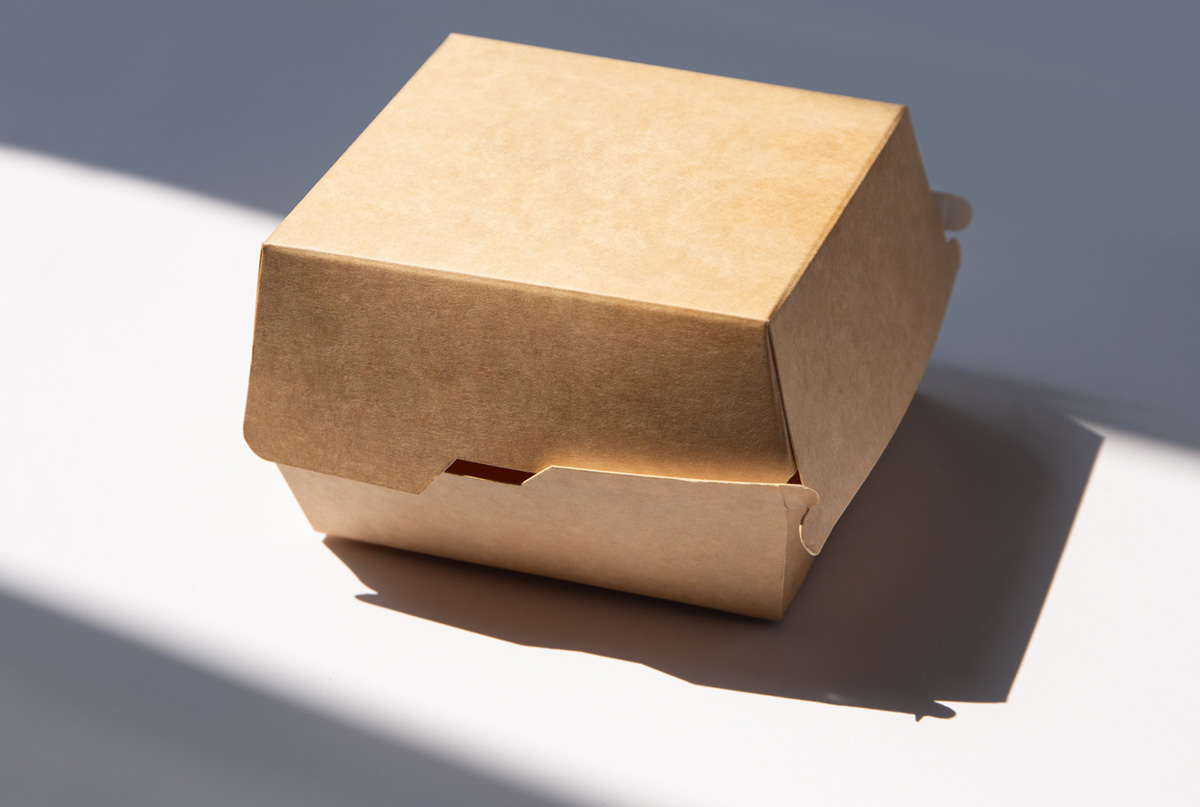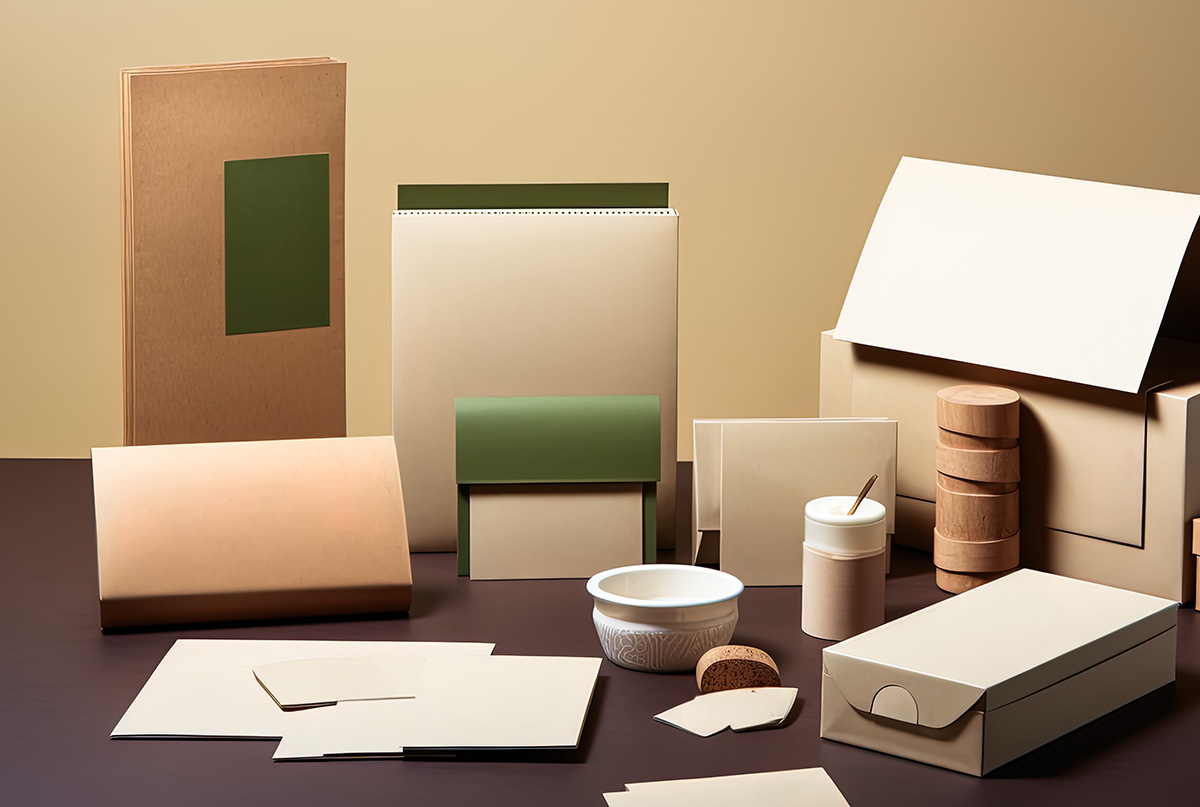Many businesses do their share in environmental preservation through practices like segregating their waste and energy conservation. But there are times when these practices won’t cut it anymore and business owners must adopt more green practices, like using food packaging from sustainable resources.
According to recent data, nearly 63% of solid waste produced by the U.S. is derived from food packaging materials. This statistic alone should be enough to convince business owners to switch to recyclable or compostable packaging.
Think about your personal life. How many times a day do you encounter some sort of food packaging that isn’t compostable or recyclable? It could be the burger wrapper, a drink container, or other form of container, even the plastic bag holding it all together. Keeping this in mind, what does sustainable food packaging look like for you and your company?
What Is Sustainable Food Packaging?
Sustainable food packaging is considered packaging that uses materials designed to minimize environmental impact from start to finish while upholding food quality and safety.
This life cycle of food packaging looks like this:
- Materials sourced
- Making the item
- Distributing the item
- Disposing of the item
Disposal generally poses the biggest challenge. This is because many types of food packaging aren’t recyclable or compostable. These containers often end up in landfills making methane gas, which is harsher than carbon dioxide. It can even end up in the ocean, harming sea life.
Why is Sustainable Food Packaging Important
If you are on the fence about whether or not to switch to sustainable packaging, there are several reasons to make the move in this direction. One of the most significant reasons to make the switch is to be more responsible in terms of business practices and their impact on the environment.
Because food packaging is such a large contributor to waste in landfills, it is important to consider making the move to sustainable packaging as quickly as possible. You should also consider that most unsustainable food packaging uses oils that are non-renewable resources.
This is opposed to sustainable food packaging materials made from renewable, compostable, or recyclable materials. This creates less strain on the environment and keeps virgin materials safer since it relies on reusable resources.
Finally, you need to consider the impact on humans when using plastic materials. These can leach chemicals into the food consumed and, ultimately, people as well. Therefore, making the switch to sustainable packaging is important not only for the environment but for consumer health as well.
Common Types of Sustainable Materials
There are many different tools you can use to provide your customers with better packaging choices. In some cases, it starts with the materials selected.
Some of the more common types of sustainable food packaging materials include:
- Recyclable bags
- Recyclable carryout bags with handles
- Recyclable butcher paper
- Compostable wrapping paper or parchment paper
- Recyclable coasters
Integrating these materials into your packaging program can reduce your business’ carbon footprint. It is a powerful tool you can use to let your customers know you are being responsible with your business packaging. Carefully consider the different products available to help you meet your packaging goals and start reducing your waste today.




